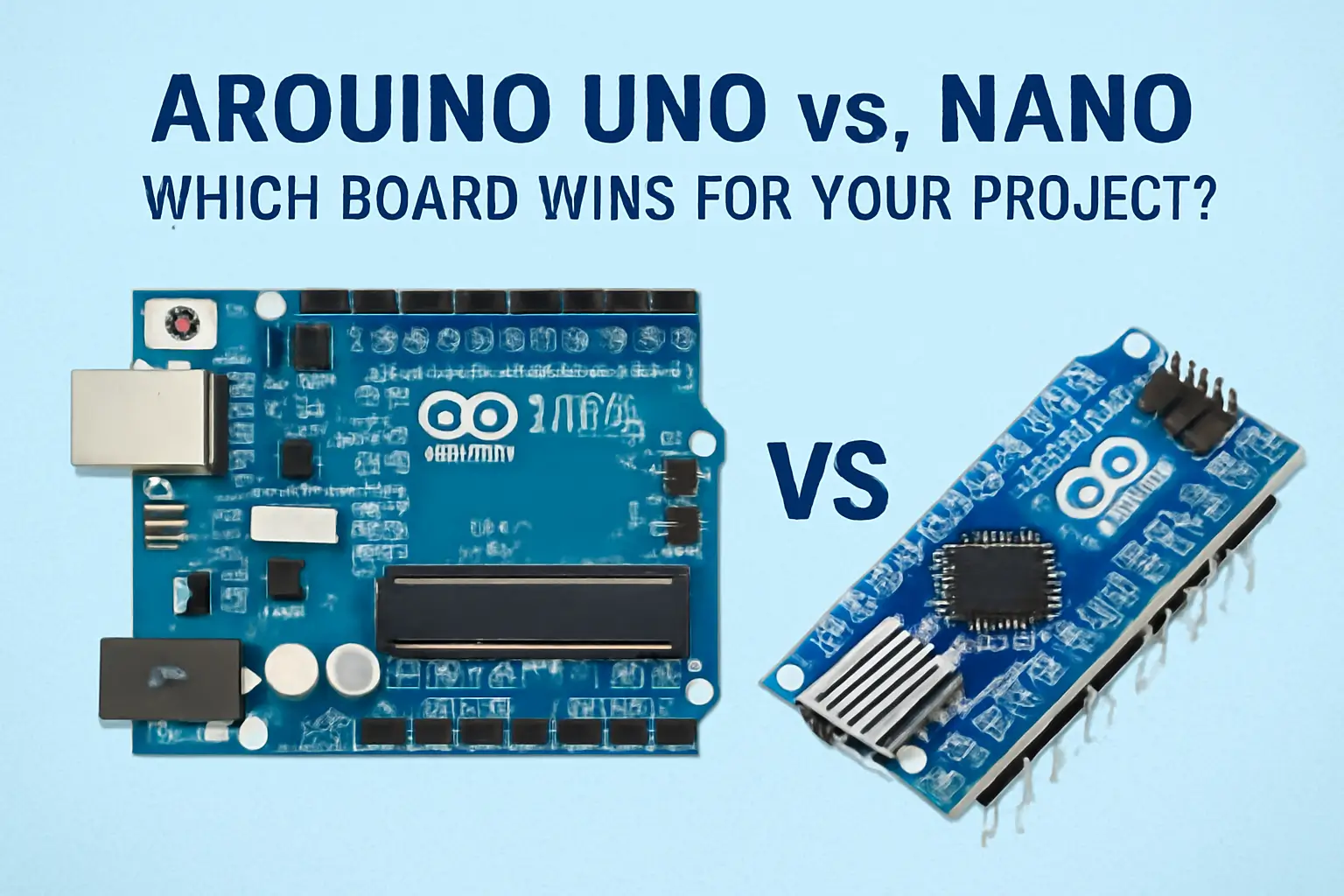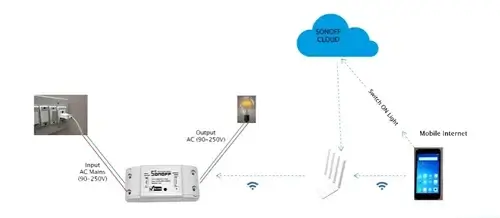Let's be real—if you're into DIY electronics, you've probably stared at an Arduino UNO and Nano wondering, "Which one should I get?" I've been there too. After frying a few boards (oops) and cramming them into way too many projects, here's my no-BS breakdown to help you decide.
The Core Differences (No Tech Jargon, I Promise)
At first glance, they look like siblings—same brain (ATmega328P chip), same speed (16MHz), and nearly identical memory. But dig deeper, and you'll spot key differences:
- Size: The UNO's a big ol' rectangle (like a credit card), while the Nano's tiny (think a stick of gum).
- Analog Pins: Nano sneaks in 2 extra analog pins (8 vs. 6)—handy if you're hooking up multiple sensors.
- USB Port: UNO uses that chunky USB-B (RIP, old printers), while Nano rocks Micro-USB (or Mini-USB if it's vintage).
- Power: UNO has a barrel jack for direct power; Nano relies on USB or the Vin pin.
My Take: Nano wins for portable builds; UNO's better for beginners who hate soldering.
Size Wars: Where Each Board Shines
Arduino UNO
Pros:
- Fits shields like a glove (Ethernet, motor drivers, etc.).
- Sturdy AF—won't wiggle loose like a Nano on headers.
- Easier to debug (more space to poke around).
Cons:
- Too bulky for wearables or drones.
- No built-in breadboard mounting (without an adapter).
Arduino Nano
Pros:
- Fits anywhere—I've stuffed these into robot arms, LED cubes, even a solar-powered plant monitor.
- Breadboard-friendly (just solder headers once and forget).
- Dirt-cheap clones (seriously, $3 on AliExpress).
Cons:
- Soldering required (not fun at 2 AM when your iron's acting up).
- No shield support—you're wiring everything manually.
Story Time: I once built a Halloween prop with a Nano—it fit inside a plastic skull. An UNO? Would've looked like a cyborg with a back tumor.
Final Verdict: Which Should YOU Buy?
Grab an UNO if you:
- ✅ Are a newbie (easier to handle).
- ✅ Need shields (Wi-Fi, motors, LCDs).
- ✅ Want plug-and-play (no soldering).
Get a Nano if you:
- ✅ Need small size (drones, wearables).
- ✅ Want more analog pins (sensor madness).
- ✅ Love saving money (clones = more cash for pizza).
TL;DR
- UNO = Beginner-friendly, shield-ready, bulky.
- Nano = Compact, cheap, needs soldering.
Why Trust Me?
- 10+ years of frying Arduinos (and learning from it).
- Built 200+ projects (yes, I need a hobby).
- Still forget to discharge capacitors before touching them.
Now go build something cool! 🚀




